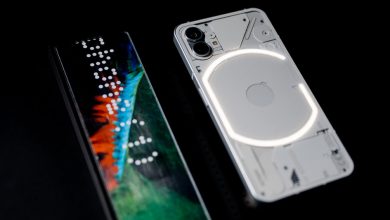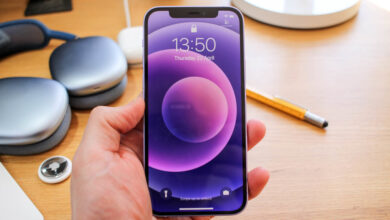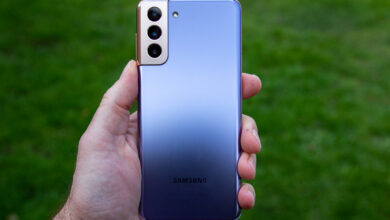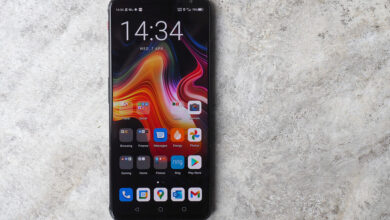Redmi Note 11 Pro 5G vs Note 11 Pro vs Note 11S vs Note 11
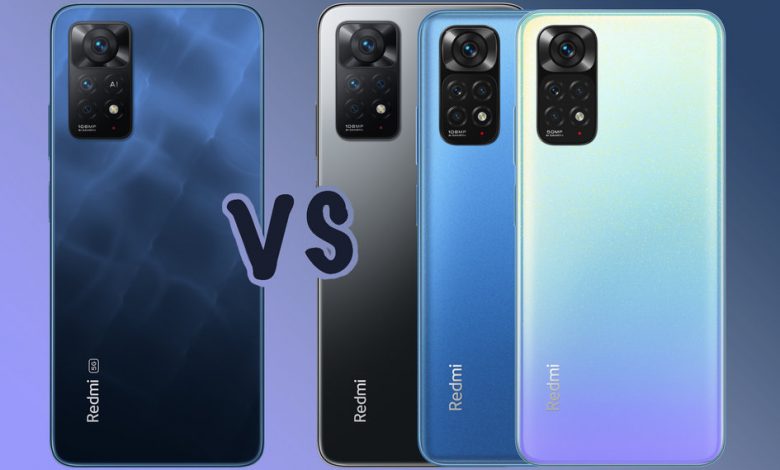
(Pocket-lint) – Redmi has announced the Note 11 series of phones and there are four different models at launch.
That means there’s a range of options to choose from – but not all versions are available in all regions. For example, only the Note 11 Pro 5G and the Note 11 are being sold in the UK – so it’s worth checking to see what you’re getting in your region before you come to buy.
The models all share a similar flat-sided design, so they all look similar, but there’s a lot of variance across the specs.
Here’s how they all compare.
Price and availability
- Note 11 Pro 5G: From $329
- Note 11 Pro: From $299
- Note 11S: From $249
- Note 11: From $179
The Redmi Note series is all about affordability and with the Redmi Note 11 starting from $179, it’s certainly following in that tradition. There will be three versions of each handset, offering 64 or 128GB storage and different RAM options.
The Note 11 starts at 4GB RAM and offers 6GB as a step up; all the other models will start at 6GB and step up to 8GB.
Not all versions are available in all regions and we don’t have full pricing yet, but we will update when we do.
The Note 11 models will be available from January 2022, the Note 11 Pro models from February 2022.
Design and build
- Note 11 Pro 5G: 164.19 x 76.1 x 8.12mm, 202g
- Note 11 Pro: 164.19 x 76.1 x 8.12mm, 202g
- Note 11S: 159.87 x 73.87 x 8.09mm, 179g
- Note 11: 159.87 x 73.87 x 8.09mm, 179g
There’s a size division between the different versions of the Redmi Note 11. The Pro models are larger and heavier, while the no-Pro models are smaller and lighter.
The design is essentially the same on all these phones, with flattened sides, like the iPhone 13, although the Note 11 Pro models have a flatter back while the regular models are more domed towards the edges. The Pro models have a glass back.
All have a fingerprint scanner on the side and all have a 3.5mm headphone socket, as well as dual speakers. They also have IP53 water resistance.
There will be a range of different colours for each model. All will come in Graphite Gray, while the Pro models will also offer Polar White and blue models. Watch out for the Atlantic blue on the Note 11 Pro 5G which looks like water reflections. There are some nice graduated colour designs, for example Star Blue on the Note 11.
Display
- Note 11 Pro 5G: 6.67in, AMOLED, FHD+, 120Hz
- Note 11 Pro: 6.67in, AMOLED, FHD+, 120Hz
- Note 11S: 6.43in, AMOLED, FHD+, 90Hz
- Note 11: 6.43in, AMOLED, FHD+, 90Hz
The big difference between these displays is the size. The Note 11 Pro models have a larger 6.67-inch display while the non-Pro models have a 6.54-inch display.
All these displays are FHD+ – 2400 x 1080 pixels – so should be able to produces the same level of detail, however the refresh rate is different. The Pro models offer 120Hz, while the non-Pro are 90Hz.
That will smooth out animation on the display to make things look nicer – and it’s great to have this offered on devices at this level. These displays are also AMOLED, so the quality should be great too.
Redmi has said that they offer a 360Hz touch sampling rate, which should boost gaming performance, while they can also ramp up to 1200 nits to cut through reflections outdoors.
All have a punch hole camera at the centre top of the display, while the Pro models have Gorilla Glass 5 protection on the front.
Hardware and battery
- Note 11 Pro 5G: Snapdragon 695, 6/8GB, 64/128GB, 5000mAh, 67W
- Note 11 Pro: MediaTek Helio G96, 6/8GB, 64/128GB, 5000mAh, 67W
- Note 11S: MediaTek Helio G96, 6/8GB, 64/128GB, 5000mAh, 33W
- Note 11: Snapdragon 680, 4/6GB, 64/128GB, 5000mAh, 33W
When it comes to the hardware loadout of these devices, you’ll find there’s some bigger differences. Firstly, the Note 11 Pro 5G is the only 5G model in the range, because of that Snapdragon 695 which offers a 5G modem. It’s likely to have a slight power advantage over the other models, but not by much.
The Note 11 Pro and the Note 11S, technically, should offer the same performance as both are sitting on the MediaTek Helio G96. As we said, both are 4G, but between these models you can just pick what you want based on display size as the performance will likely be equal.
The standard Note 11 offers the Snapdragon 680. This is similar to the Note 11 Pro 5G: there’s no 5G modem in this model, but from a power point of view, it should be similar. It starts at 4GB RAM, however, the lowest offered.
The other devices offer 6/64GB, 6/128GB or 8/128GB configurations, with microSD also supported on all the models for storage expansion, up to 1TB.
Overall, we don’t think there will be a huge difference in day-to-day performance from these devices, but the Note 11 Pro 5G looks like it will have a slight edge.
All the Note 11 models are equipped with a 5000mAh battery, but the Pro models boost the charging to 67W (wired), while the non-Pro stick to 33W. The Pro models will have the 67W charger in the box – which means you’ll get a day of charge in just 15 minutes – while the non-Pro models will get the 33W charger.
Cameras
- Note 11 Pro 5G: 108MP, 8MP UW, 2MP macro; 16MP front
- Note 11 Pro: 108MP, 8MP UW, 2MP macro, 2MP depth; 16MP front
- Note 11S: 108MP, 8MP UW, 2MP macro, 2MP depth; 16MP front
- Note 11: 50MP, 8MP UW, 2MP macro, 2MP depth; 13MP front
The camera in the Note 11 family is a classic case of mixing it up. The only common cameras on all devices is the 8-megapixel ultrawide and the 2-megapixel macro.
The Pro models and the Note 11S all have a 108-megapixel Samsung HM2 main camera. The Note 11 Pro 5G doesn’t get the depth sensor, but all the other models do.
The Note 11 Pro and the Note 11S have exactly the same camera loadout, while the Note 11 drops the main sensor to a 50-megapixel sensor and changes the front camera to 13-megapixels instead of 16-megapixels on all the other devices.
We suspect that the performance will be similar across the range, because much of the camera experience comes from software.
Summary
Redmi is offering a full range of devices in the Note 11 family, with something for everyone, from the entry point Note 11 which is the cheapest and cuts a few points on the spec sheet, up to the Note 11 Pro 5G which is the most premium.
Importantly, it looks like all these devices will have a great display: there’s not a huge real-world difference between 90 or 120Hz, the resolutions are all the same, so that just comes down to size.
The physical build of these phones is slightly different, but you’ll likely have to get your hands on them to see which you prefer.
From a power point of view, the Pro 5G sits in the lead, but with the Note 11 Pro and the Note 11S having the same hardware and camera set, it’s likely that those middle models will offer the same experience.
Writing by Chris Hall.


